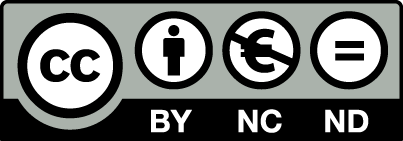Abstract:
Digital twins have great potential for improving urban management. However, the way that they are formulated seems to vary according to the aims of the urban management taking place. For instance, digital twins are made sophisticated and innovative when the urban manager wants to demonstrate technological prowess; they contribute to generating useful interventionist strategies if social engineering is occurring; they emphasize exploratory and collaborative mechanisms if the urban manager wants to uncover people's attitudes; and they tend to focus upon citizen engagement and mechanisms for social improvements when societal reform is the main aim. Yet those who build digital twins seldom declare their worldviews or specify why they are doing so, and this leads to two problems. Firstly, it becomes difficult to evaluate and compare different digital twins. Secondly, since urban management projects often have several contrasting aims, many researchers construct seemingly pluralistic digital twins which are, in fact, severely afflicted with inconsistency and poorly measured priorities as to what needs to be included and addressed. In order to clarify the situation, this paper comprehensively analyses the research literature to conceptualize different approaches to implementing digital twins. It then assesses three alternative, theoretical paradigms upon which a pluralistic digital twin might be grounded and evaluated, and it concludes that "critical realism", rather than "post-modernism" or "ontological flexibility' is the most appropriate.

